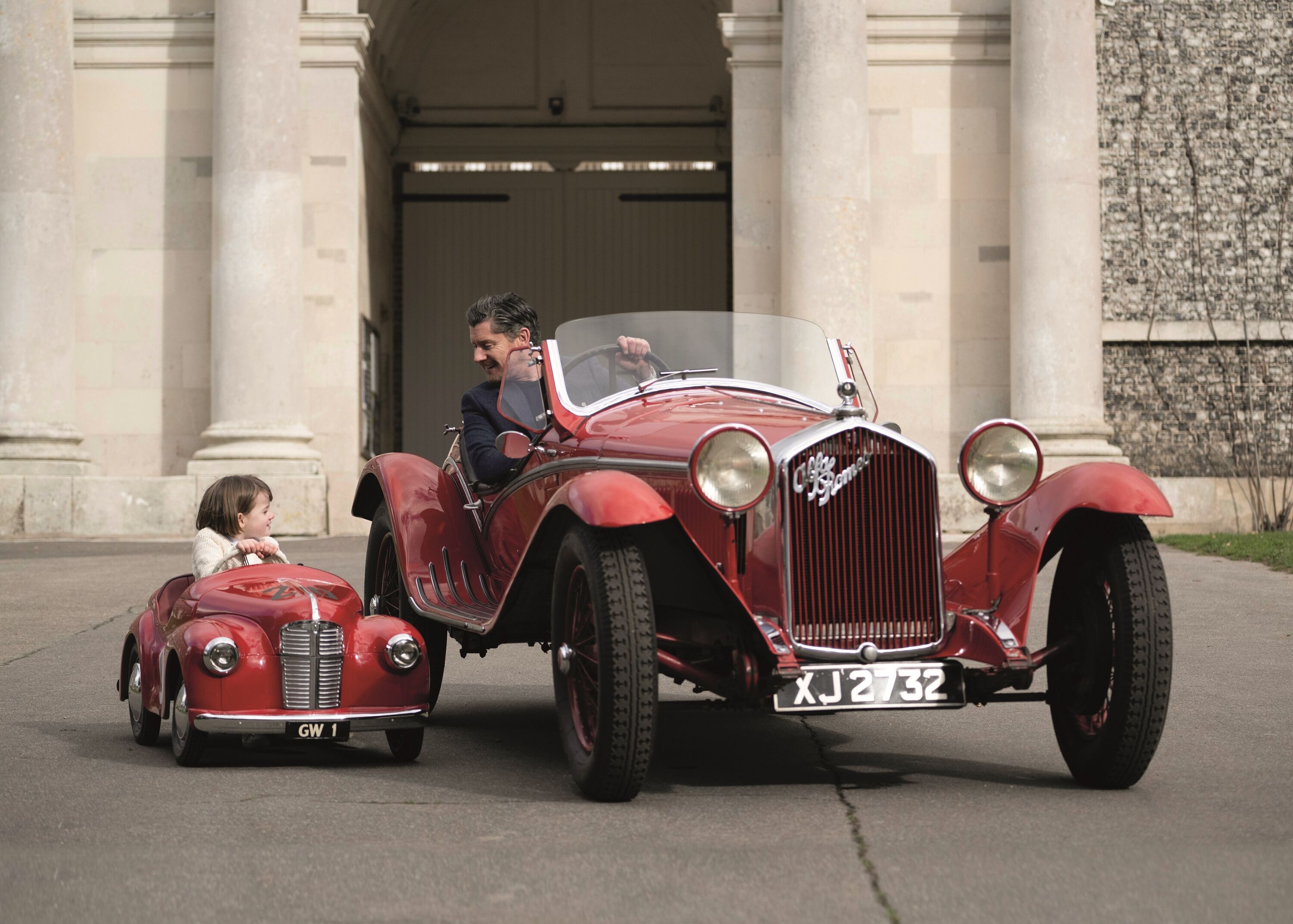Formula 1 1957, part 1: Brits are no match for The Maestro
The 1957 World Championship season, dominated by Juan Manuel Fangio, is arguably one of the greatest in Formula 1 history. Five English drivers provided the backdrop to The Maestro’s virtuoso performance that season. This is how they fared.

Stirling Moss (2nd – 25pt)
His quest for a winning British car at last rewarded by the teardrop Vanwall, this professional imbued with a cavalier spirit arguably tried too hard initially. Leading the early laps of the Monaco Grand Prix, he crashed at the Chicane and cited brake failure. The team, however, found nothing untoward upon examination. He blotted his copybook further when sinusitis caused by water skiing in the Med forced him to miss the French GP.
The dream team was having a nightmare. Things could only get better surely?
An inspired recovery drive in conjunction with the misfortune of others saw him end Britain’s long wait – a victory shared with Tony Brooks and on home soil, too – before he forced home his car’s hard-won advantage with wins born of sustained speed and stamina at Pescara and Monza: in the backyard of ‘Those bloody red cars!’ Thus he had for a third season in succession finished runner-up in the standings.
This particular bid to oust Fangio had resulted in his endless swapping of engines and chassis when a simpler approach might have been of benefit. Certainly, he was occasionally upstaged in terms of lap speed by very experienced team-mates. That said it took Fangio at his very best in an established car at the peak of its development to beat him.
And Moss, remember, had pipped Fangio to pole at the opening round in Argentina when both were driving Maserati 250Fs.
8.5/10

Mike Hawthorn (4th – 13pt)
A Corinthian amateur with a professional outlook, his quest for a British winning car had met with failure at Vanwall and BRM and prompted a return to Ferrari. There he found a willing ally in Peter Collins and a dogged rival in Rome’s Luigi Musso.
The team itself was not at its best, its ‘new’ 801 model being somewhat of a bodge of the D50s inherited from Lancia at the end of 1955, and there were occasions when the ‘Farnham Flyer’, his kidney disease still secret, looked leaden in it.
He would, however, have won the British GP but for puncturing on the Maserati shrapnel of leader Jean Behra’s mechanical failure, and his effort at the Nürburgring – second-fastest to Fangio in practice and just 3sec behind at the finish – was eye-catching; had he pushed harder sooner, however, he might have won.
Unlike Vanwall, which bubbled beneath the surface for all its above-board correctness, the contentment pervading Ferrari was unwarranted and too comfortable. Hawthorn had the skill but perhaps not the will to change that. For the admirable Musso – third in the championship – it was the reverse.
6.5/10

Tony Brooks (5th – 11pt)
The skill illustrated at underfunded Connaught in 1955 and frustrated at underperforming BRM in 1956 now put him at the forefront of the world stage when he finished runner-up to Fangio at Monaco: a gallant effort – his Vanwall was without clutch and his gear-change hand swollen and bloodied as a result – on the occasion of his second GP start.
In a car that even Moss found difficult, his bravery at Aintree, where he remained in the mix despite pain from injuries sustained at Le Mans, plus his practice speed at the Nürburgring – 5 seconds quicker than Moss – and fastest lap at Monza after a long delay caused by a sticking throttle, highlighted his many excellent qualities.
Only at daunting Pescara was he unable to hide completely his inexperience in the face of Moss’s first refusal on equipment and the team’s understandable shying from a qualifying battle between them: at Monaco, he had been three-tenths shy of Moss; at Aintree, the gap was two-.
Content to be the perfect number two – for now – he was physically stronger than credited with and mentally tough. That the pecking order at Vanwall was clearer in the pits than it was on the track shows how good Brooks was.
7.5/10

Peter Collins (=8th – 8pts)
Though he out-qualified his teammate more often than not, this good-natured soul ceded to his friend Hawthorn rather too easily – a contributory factor to Fangio’s catching them on the hop when Ferrari appeared destined for a one-two in Germany. An immediate, opportunistic – albeit brief – repassing of the Argentinian was the level at which Collins should have been operating throughout.
Having led briefly in Argentina before his clutch failed, he qualified an excellent second in Monaco and had muscled past Fangio before being snared in Moss’s accident. He followed this with his best of the campaign, for a while matching Fangio’s spectacular pace in France – but even there he was eventually outpaced and outshone by Musso.
He was not blessed with great reliability – a baulking gearbox slowed him on his way to that third place at Rouen, for example – but this golden boy, a title contender in 1956, undoubtedly had lost his sheen in the eyes of Enzo Ferrari. That the recently married Collins appeared blissfully unaware was indicative of his problem.
6/10

Stuart Lewis-Evans (=12th – 5pt)
The season’s surprise package finished a doughty fourth at Monaco – his best result of the year ironically – with the cobbled remains of the Connaught team and was Ferrari’s only ray of light at Le Mans before being at the right place at the right time: left high and dry by Ferrari at Rouen.
Selected to fill for Moss – or Brooks, take your pick – his performance at Reims the following weekend far exceeded expectation: from the middle of the front row he led comfortably what was a world championship GP in all but name before wisely backing off because of an oil leak to finish third when others might have tossed it off the road. Signed full-time as a consequence, Ferrari’s loss was Vanwall’s gain.
But for a broken throttle, he would have finished second at Aintree. His crash at the Nürburgring – his first visit since racing a 500cc Cooper there several years before – was caused by a seized transmission. And a fifth place at Pescara was a stern examination of this slight man’s intestinal fortitude – he suffered a stomach complaint – due to a brace of high-speed blowouts.
Third in Vanwall’s pecking order, his running often heavily restricted, he set an astounding pole at Monza after very few laps – in the spare car, too. Though he would retire because of a leak from a cylinder head core plug, having led five laps, Lewis-Evans had with very little fuss made his point.
7/10
Photography courtesy of LAT Images
juan manuel fangio
1957 Grand Prix
Stirling Moss
mike hawthorn





